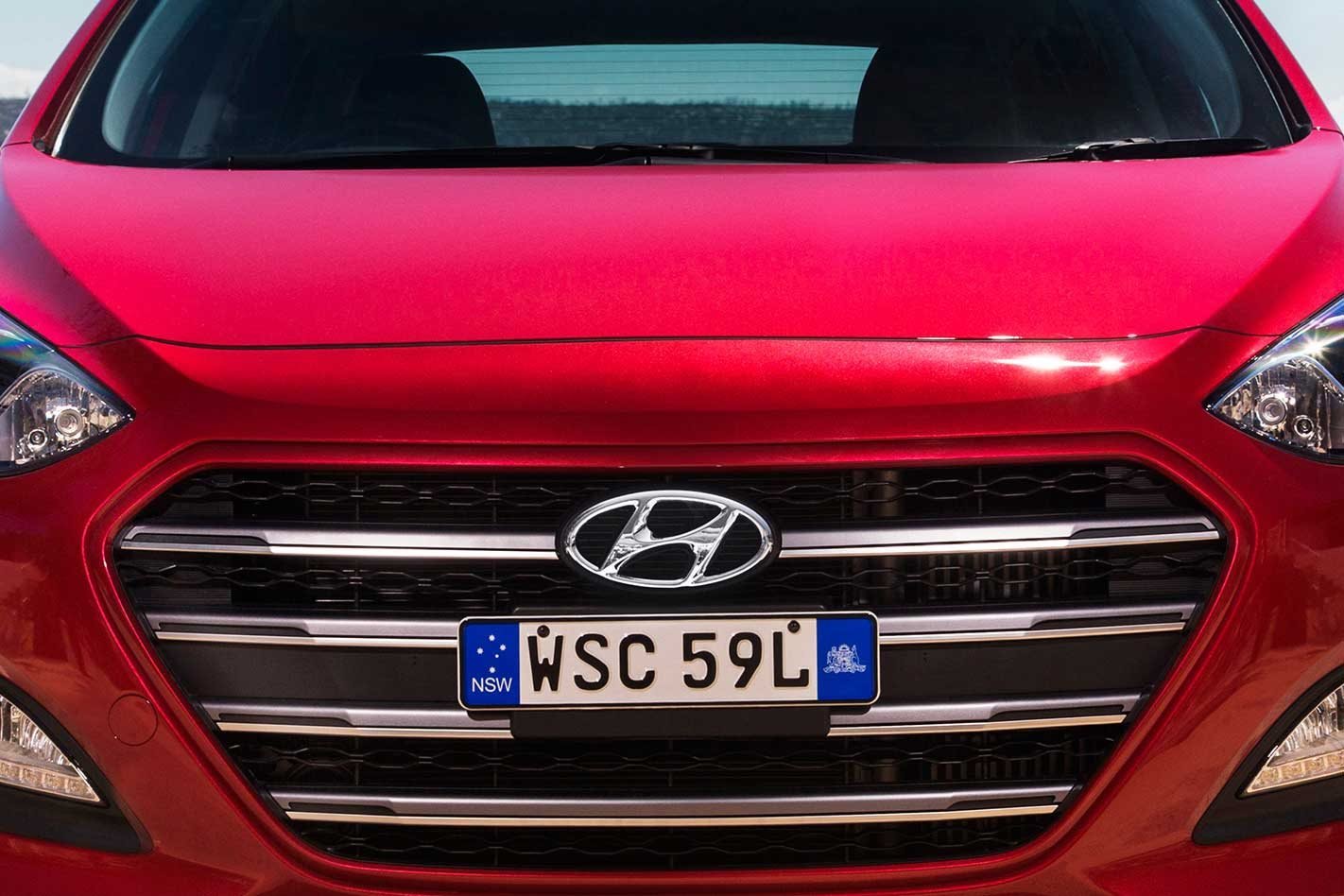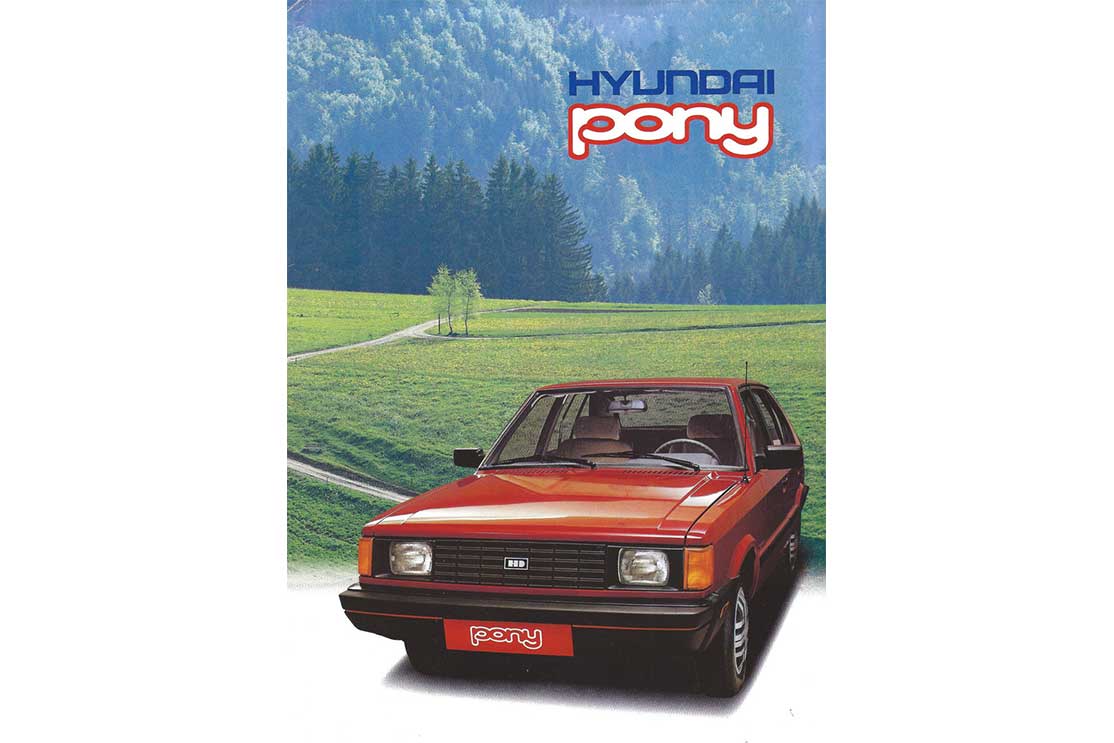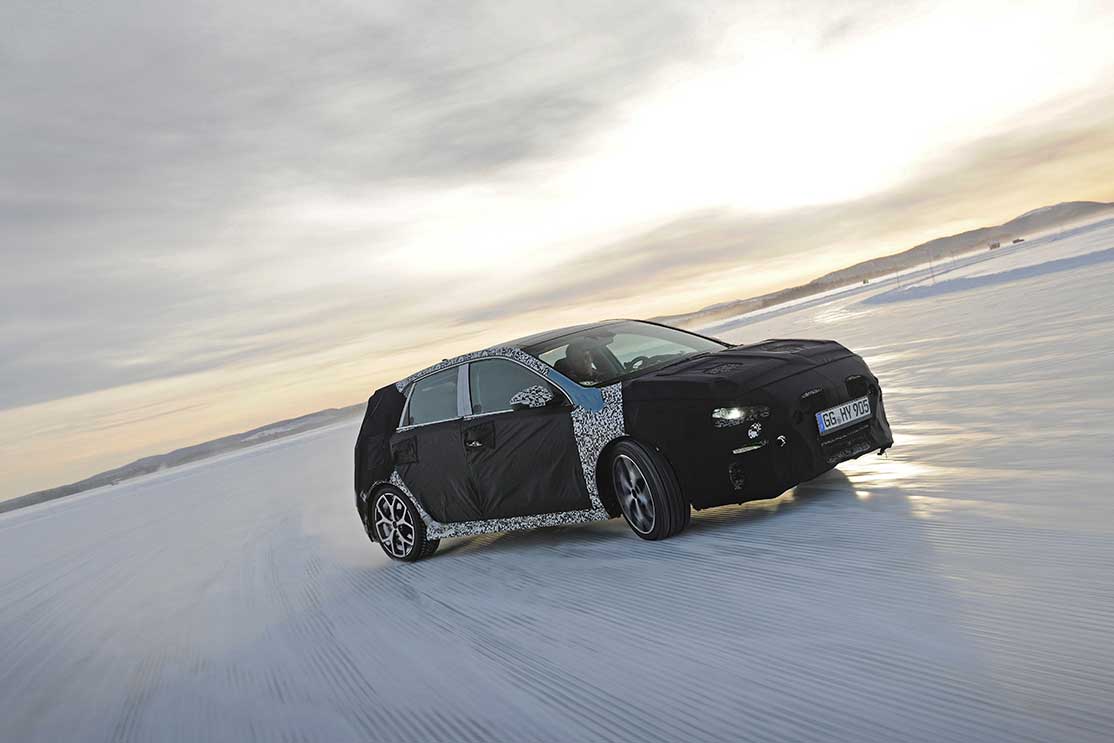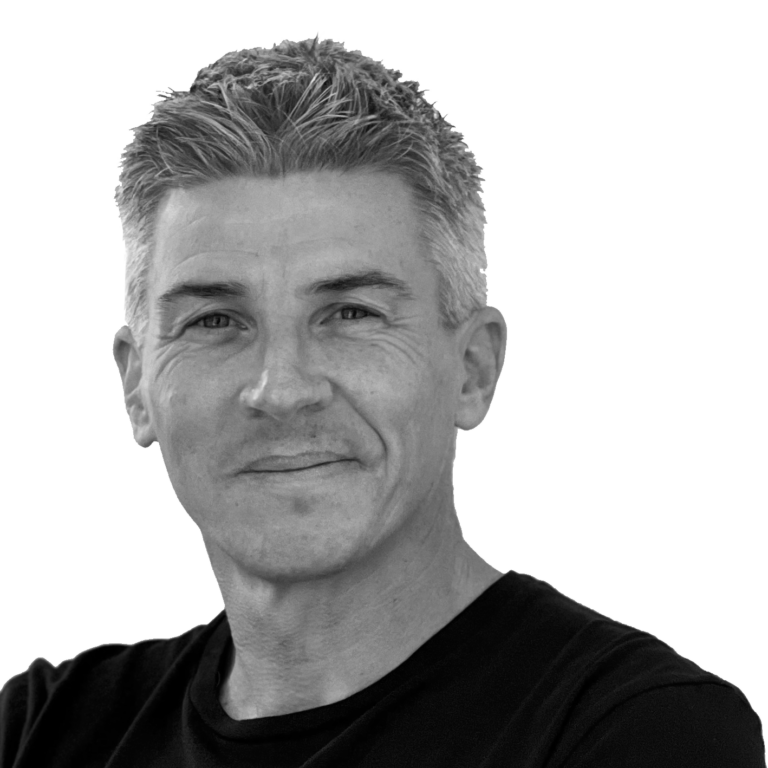
In our Fast Facts series, WhichCar delves deep into the history of automotive brands to bring you fascinating facts and intriguing information.
Here we focus on Hyundai, the Korean industrial giant that only built its first homegrown car in 1975 but has become one of the biggest automotive players in the world.
FORDS FIRST
Hyundai’s industrial empire was established in 1947, yet it took another 20 years before it created an automotive subsidiary – the Hyundai Motor Company. The first cars weren’t Hyundais, either. HMC started vehicle manufacturing with models for Ford – the Cortina from 1968, followed by the mid-size 20M a year later. The Ford Granada luxury sedan would join them on Hyundai’s Ulsan assembly line in 1978.
MODERN NAME
Hyundai is the Korean word for ‘modernity’ or ‘modern era’. Its slanted H logo represents a satisfied customer shaking hands with a Hyundai representative.
PONY UP
The company’s first in-house vehicle was the 1975 Pony. It may have been an economical, five-door small car, yet it was penned by legendary Italian designer Giogetto Giugiaro – famous for models such as the 1972 Lotus Esprit, 1974 Volkswagen Golf, 1978 BMW M1 and the 1981 DeLorean DMC-12.

THE EXCEL THAT DIDN’T EXCEL
Giugiaro was also responsible for the styling of the follow-up Pony Excel in 1985 that became known simply as the Excel in overseas markets, where its bargain pricing helped it sell in big numbers – including the US. An independent local distributor asked Australia to say “Hi to Hyundai” with a brand launch campaign in 1986 – and a $9990 price tag. Not surprisingly, the model was hugely popular, though it also proved problematic – harming Hyundai’s reputation for quality for years.
NO MORE TO PAY
In the mid to late 1990s, a much-improved, third-generation Excel started the rehabilitation of the Hyundai brand in Australia. The three-door Sprint variant also introduced the market to “driveaway no more to pay” pricing that was a revolutionary move at the time – dispensing with the hidden dealer charges and on-road costs. For a time, there was also free air-conditioning offered – all helping to make the Excel the most popular four-cylinder car in Australia at the time.
WORLD’S BIGGEST PLANT
Hyundai’s Ulsan facility is the world’s biggest single automotive plant. It was first constructed in 1968, just a year after the Hyundai Motor Group’s formation. Comprising five independent plant facilities, it spans an area covering five square kilometres – leading it to be known domestically as the ‘industrial city’.
A BIT OF AUSTRALIA IN YOUR HYUNDAI
Hyundai imports millions of tonnes of iron ore to produce its own steel for its vehicles – and more than half of it comes from Australia. Our country is also the source for about half of the brown coal used to fire the blast furnaces involved in the metal production process.
SISTER ACT
In 1998, Hyundai took a controlling 51 per cent stake in fellow Korean car maker Kia, which had been struggling with significant debts. Hyundai’s bid for Kia beat competition from another major Korean car maker – Daewoo.

CEO SCANDAL
Current Hyundai (and Kia) chairman Chung Mong Koo was convicted of fraud and embezzlement in 2007 but after receiving a suspended three-year sentence was pardoned the following year by the South Korean president.
SECOND TO SAMSUNG
South Korea’s powerful, family-controlled business conglomerates are known as ‘chaebol’. Hyundai is the second largest chaebol in the country, behind electronics giant Samsung.
SPORTY START
Hyundai built a model called the Sporty in 1985, though it was merely a three-door hatchback. The company’s first true foray into sportier cars was with the 1996 Tiburon, a curve-crazy coupe that adopted the simple Coupe name for some markets including Australia. The second-generation version kept the Tiburon name locally, and offered a choice of four-cylinder and V6 engines.

N FOR NAMYANG
Late 2017 will see the introduction of a hot-hatch version of Hyundai’s big-selling small car, called the i30 N. The N represents Namyang – the name of the company’s domestic research and development facility. The i30 N is the start of a new range of performance models.
THE BEGINNING OF GENESIS
Hyundai first dabbled in luxury cars in the late 1990s with the Dynasty and Equus limos.
More serious efforts came in 2008 and 2009 with, respectively, the Genesis and second-generation Equus, the latter of which had moved from front-wheel drive to rear-drive. Both were exported to the US, with the Genesis in 2009 becoming the first Hyundai to win the North American Car of the Year award. The second iteration of the Genesis was introduced to Australia in 2014, albeit with limited success. In 2015, Hyundai announced it would create a separate luxury car division called Genesis – under which the Genesis and Equus models would be rebadged G80 and G90.




